
When the very first dive watches appeared in the 1950s, they already possessed enough water resistance to meet ISO 6425 requirements. Virtually all recreational scuba diving takes place in less than 40 meters of water, meaning that the 100 meters outlined by ISO 6425 is more than twice as deep as your watch is ever likely to reach – even while scuba diving. And yet, despite the fact that most of today’s state-of-the-art dive computers feature 100m depth ratings, many watch collectors adamantly maintain that this is entirely inadequate should you actually wish to wear your watch in the water, let alone scuba dive with it.
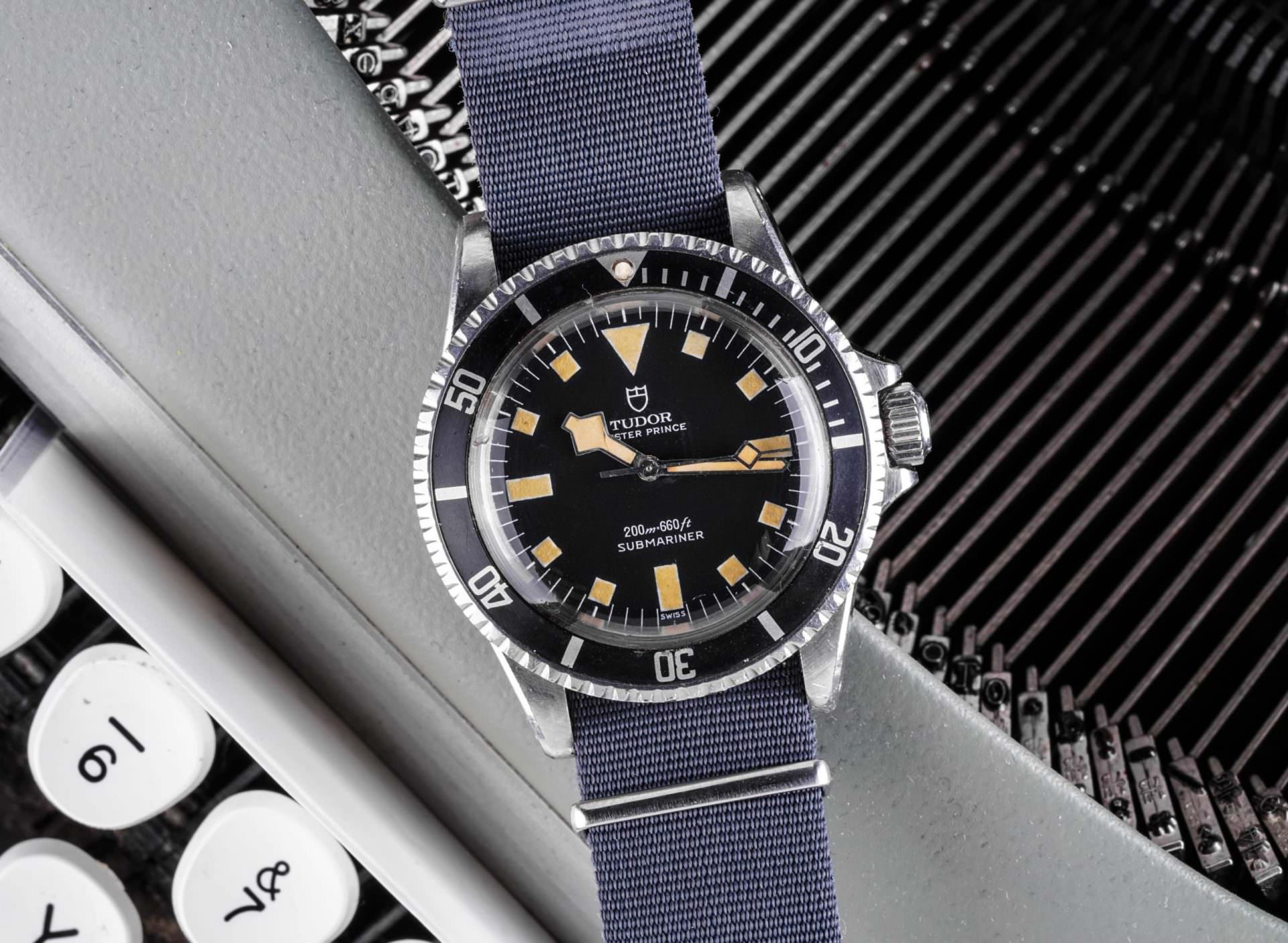
In the decades since the advent of the dive watch, manufacturers have continuously worked to achieve greater depth ratings. This practice has resulted in us reaching the point where 200 meters is almost considered the bare minimum for a diver, and it is not uncommon to find models that are rated down to ludicrous depths of several thousand meters.
Fewer people than ever before are actually going scuba diving with their watches, so why does such a large portion of today’s collectors and enthusiasts feel that they need hundreds of meters of water resistance just to venture into the deep end of the pool? If anything, modern materials and manufacturing techniques mean that today’s watches are more water-resistant than ever before, so when did 100 meters stop being enough?
Part of the confusion arises from the fact that these “depth ratings” are actually figures relating to static pressure, and there exist countless myths about how moving your arms while underwater increases the amount of strain and pressure that is put on the gaskets. These myths are simply untrue. For all intents and purposes, there is no amount of arm flailing that you can do to create a discernible increase in the amount of water pressure that is placed on the gaskets, so any reservations stemming from this notion should be immediately dismissed.
It is important to note that ISO 6425 only pertains to dive watches, and other timepieces that are water resistant must comply with ISO 22810. Although the criteria outlined in ISO 6425 is far more involved and requires more intensive testing, the latest version of ISO 22810 (last revised in 2010) states that water-resistant watches must be suitable for any and all aquatic activities up to their listed depth ratings, so even a dress watch with a meager 30m rating should be fine for swimming and submerging up to 30 meters, provided that the watch was manufactured after the latest revision of ISO 22810 went into effect.
To complicate matters further, there exist some discrepancies between manufacturers regarding the activities that can (or should) be performed with a given level of water resistance, despite what is outlined by ISO 22810. For example, one brand may say that light swimming is fine for a watch with a 50m depth rating, while another may claim that this is only sufficient protection against splashes and brief immersion in water. Since ISO 22810 does not require the testing of each individual watch, there certainly are some models out there with 30 meter depth ratings that probably should not be used underwater, especially if they are from a less than reputable manufacturer.

With that in mind, even the most conservative brands state that a 100m depth rating is sufficient for swimming. Additionally, since the International Organization for Standardization – the authority that actually determines what can be called a diver’s watch – believes that this is enough for scuba diving purposes, any hesitations about swimming in a 100 meter rated dive watch that complies with ISO 6425 are based solely in hological paranoia, rather than the actual capabilities of the timepiece itself.
On top of this, many manufacturers actually test their watches well-beyond their stated maximum depth ratings as a means to guarantee that they will not fail during real-world use. For example, Rolex tests all of its Oyster Case watches to an additional 10% beyond their stated 100-meter depth ratings, and the brand tests its dive watches to an additional 25%. Today, all of Rolex’s professional dive watches feature depth ratings of at least 300 meters, but you can guarantee that the 100 meters offered by its non-diver models are more than enough to survive your next scuba diving adventure, let alone the deep end of the pool.
Need proof? Marine biologist and Rolex brand Ambassador, Sylvia Earle frequently scuba dives in her solid gold Datejust and the watch seems to survive just fine.
In what could ultimately be considered the horological equivalent of a proverbial dick measuring contest, many of the world’s top watch manufacturers have dedicated themselves to pursuing ever-greater depth ratings. This practice has resulted in us reaching a point where water-resistance entirely surpasses any realm of practicality and ends up becoming an almost arbitrary figure listed on a watch’s specifications sheet.
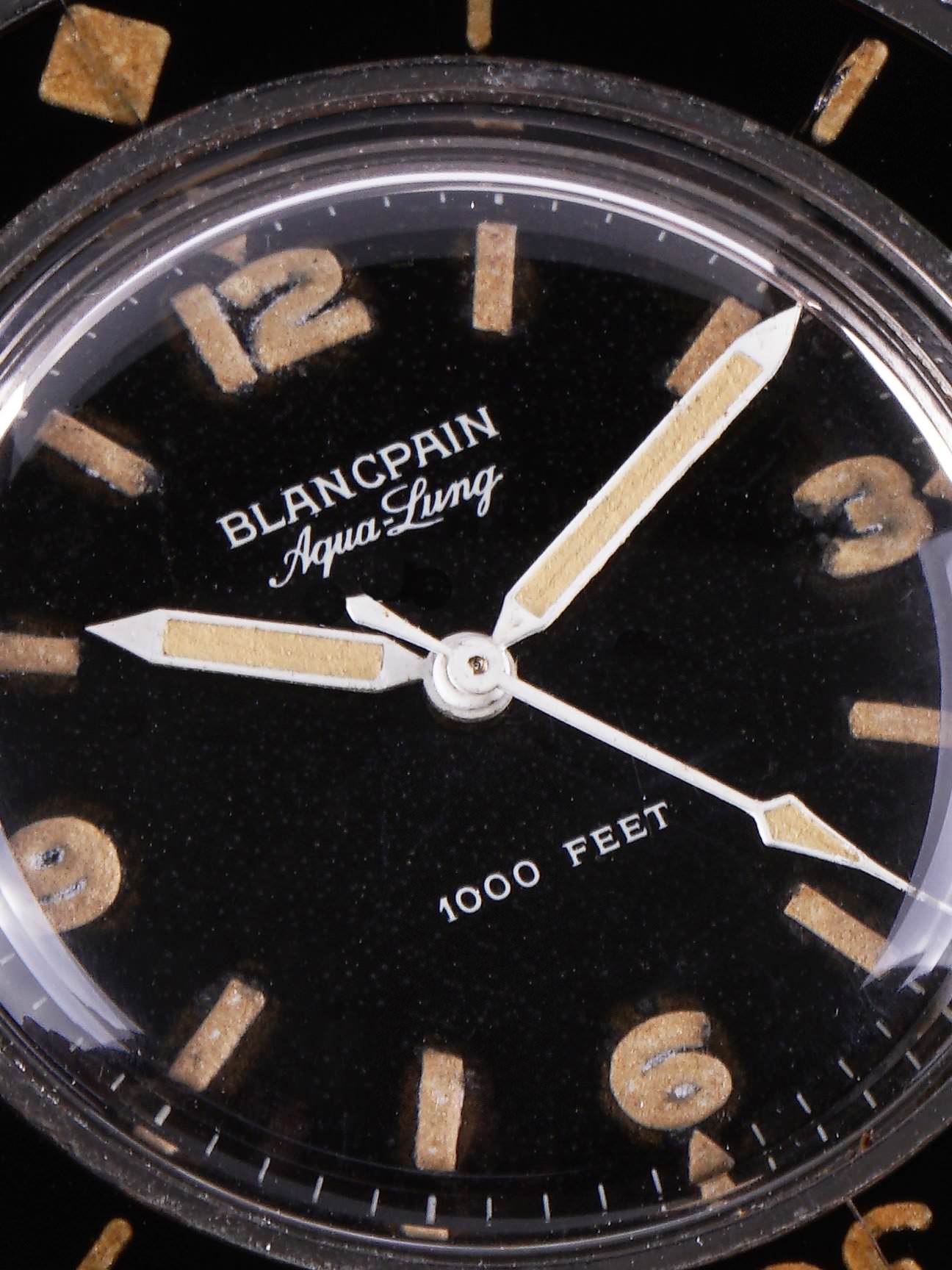
As a point of reference, back in 1963, a nuclear submarine called the USS Thresher suffered a reactor malfunction and started to sink deeper and deeper into the ocean. At somewhere around 700 meters, the external pressure from the water literally crushed the submarine, causing it to implode as water entered the hull at a speed of approximately 2,600mph. The fact that there are now countless dive watches with water-resistance ratings of multiple times this depth is a bit excessive to say the least.
This superfluous race to the bottom started almost as soon as the dive watch was invented. The Blancpain Fifty Fathoms was the world’s first commercially-available dive watch and it offered users a depth rating of (expectedly) 50 fathoms, which equates to 91.44 meters. Later that same year in 1953, Rolex one-upped Blancpain with the Submariner, which offered users a depth rating of 100 meters. Before the end of the decade, 200 meters had virtually become the standard, and by the late 1960s, dive watches were already capable of traveling to deeper depths than any human could actually ever reach.
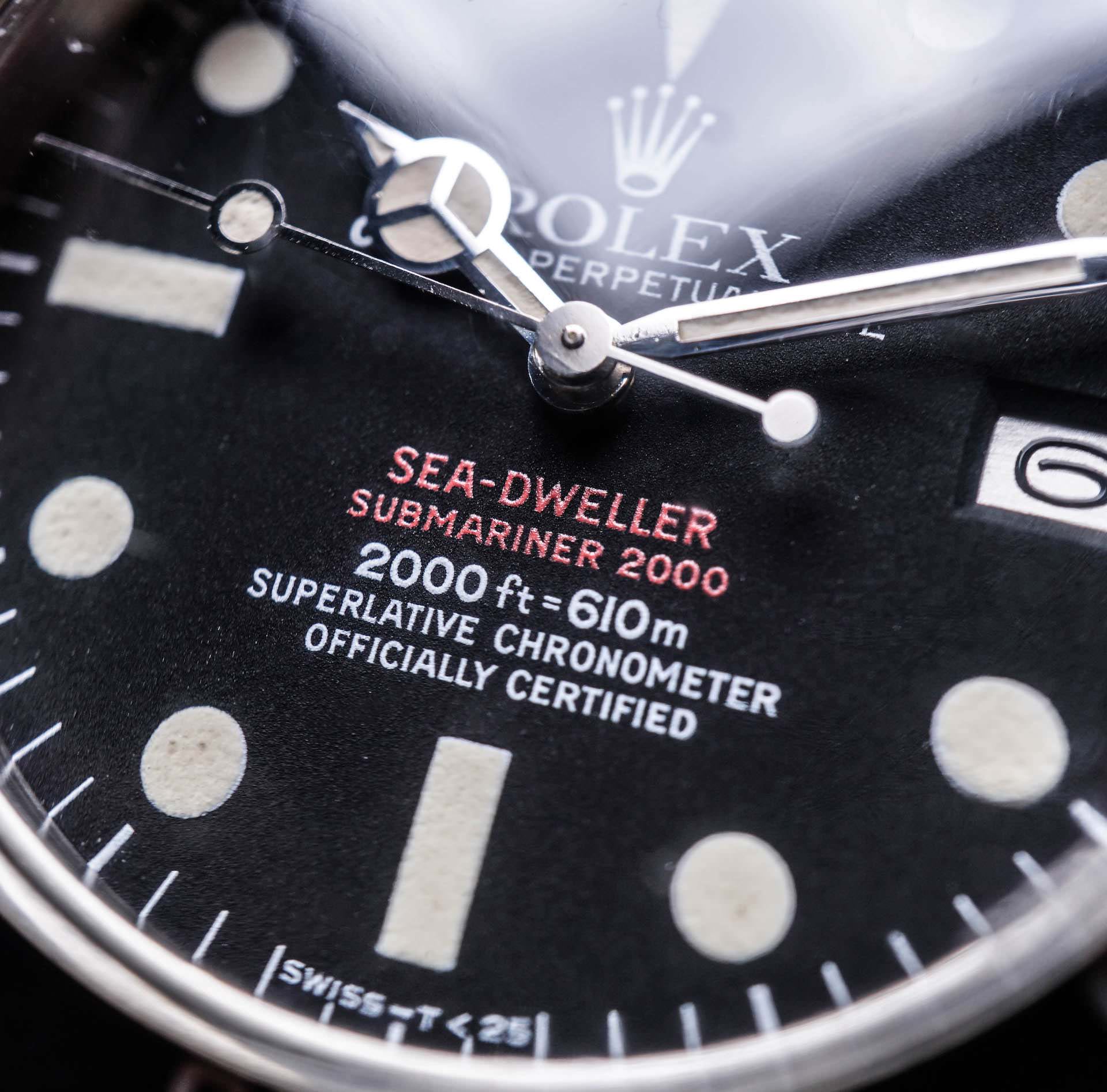
However, the watch industry’s obsession with gratuitous depth ratings was not just something that took place during the golden era of tool watches. Instead, the practice of making dive watches with excessive depth ratings has never been more alive than it is today. While the 1960s and 1970s were when the over-engineered professional divers such as the Rolex Sea-Dweller and Omega Seamaster 1000 first made their appearances, the depth ratings offered by these watches seem quaint compared to the flat-out ludicrous depth ratings that exist today.
The Rolex Deepsea offers users a depth rating of 3,900 meters, which is absolutely absurd for a commercially available wristwatch. However, even this seems reasonable and downright practical compared to the experimental Omega Seamaster Planet Ocean Ultra Deep, which is certified to a whopping depth of 15,000 meters.
Granted, the Ultra Deep is not a standard-production watch, nor is it one that was even made to be worn by humans – instead, it was strapped to the outside of a submarine as it ventured to the very deepest part of the Mariana Trench. With that in mind, the fact that its depth rating is several thousand meters beyond the absolute deepest point on Earth is a pretty good indicator that these massive depth ratings really have no practical meaning anymore. Instead, they have entered the realm of theories and hypotheticals, as there is no possible way to actually prove their capabilities in a real-world testing environment.
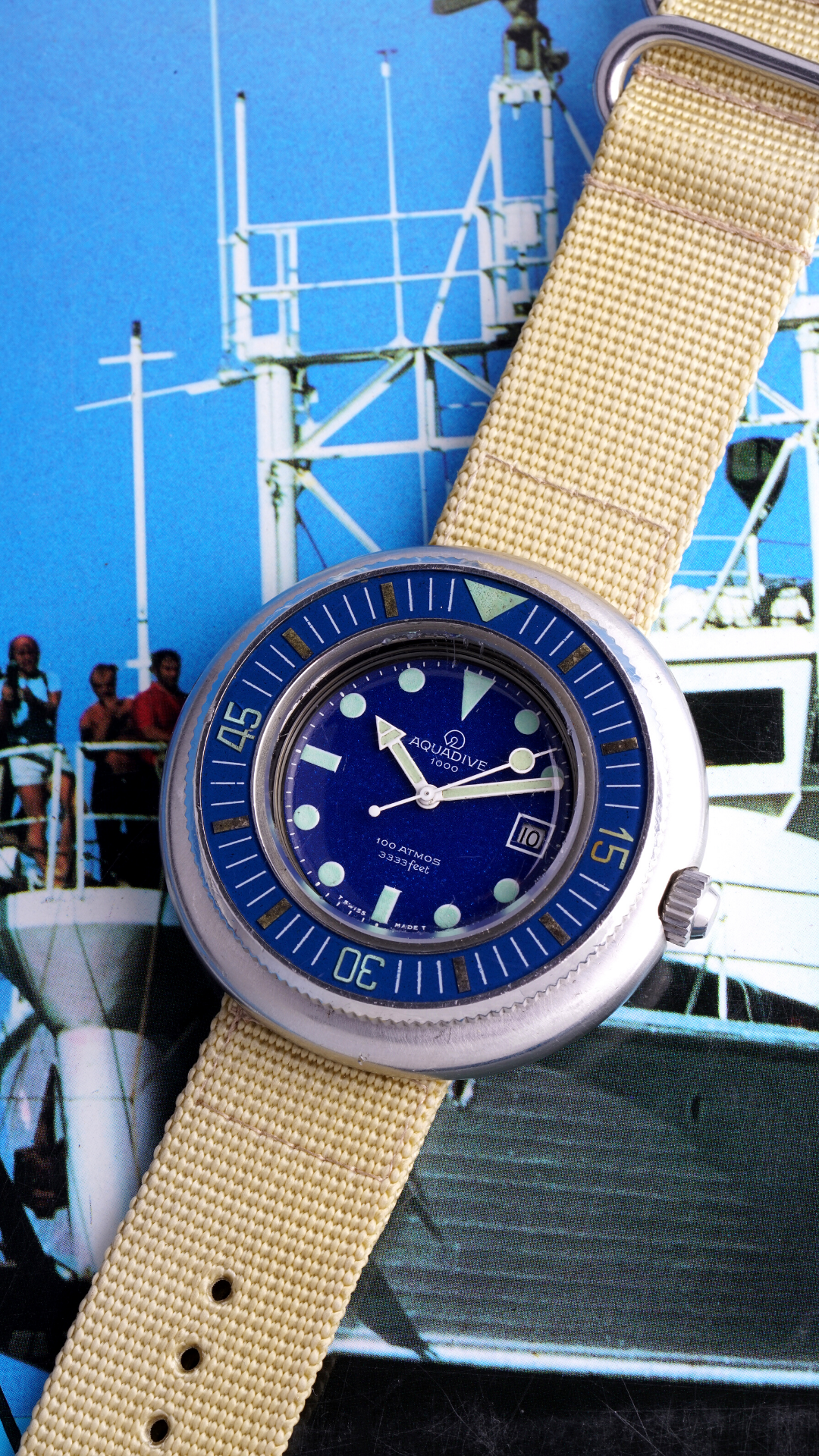
Watch manufacturers have mastered the art of making their timepieces resistant to water, but it is maintaining this water resistance that is now the problem. A depth rating is not so much an attribute of a watch as it is a temporary state of being, and as the components of a watch age, its ability to keep out water will eventually become compromised. Regardless of whether your watch is rated to 30 meters, 300 meters, or 3,000 meters, if you have old or damaged gaskets, water will eventually breach the case.
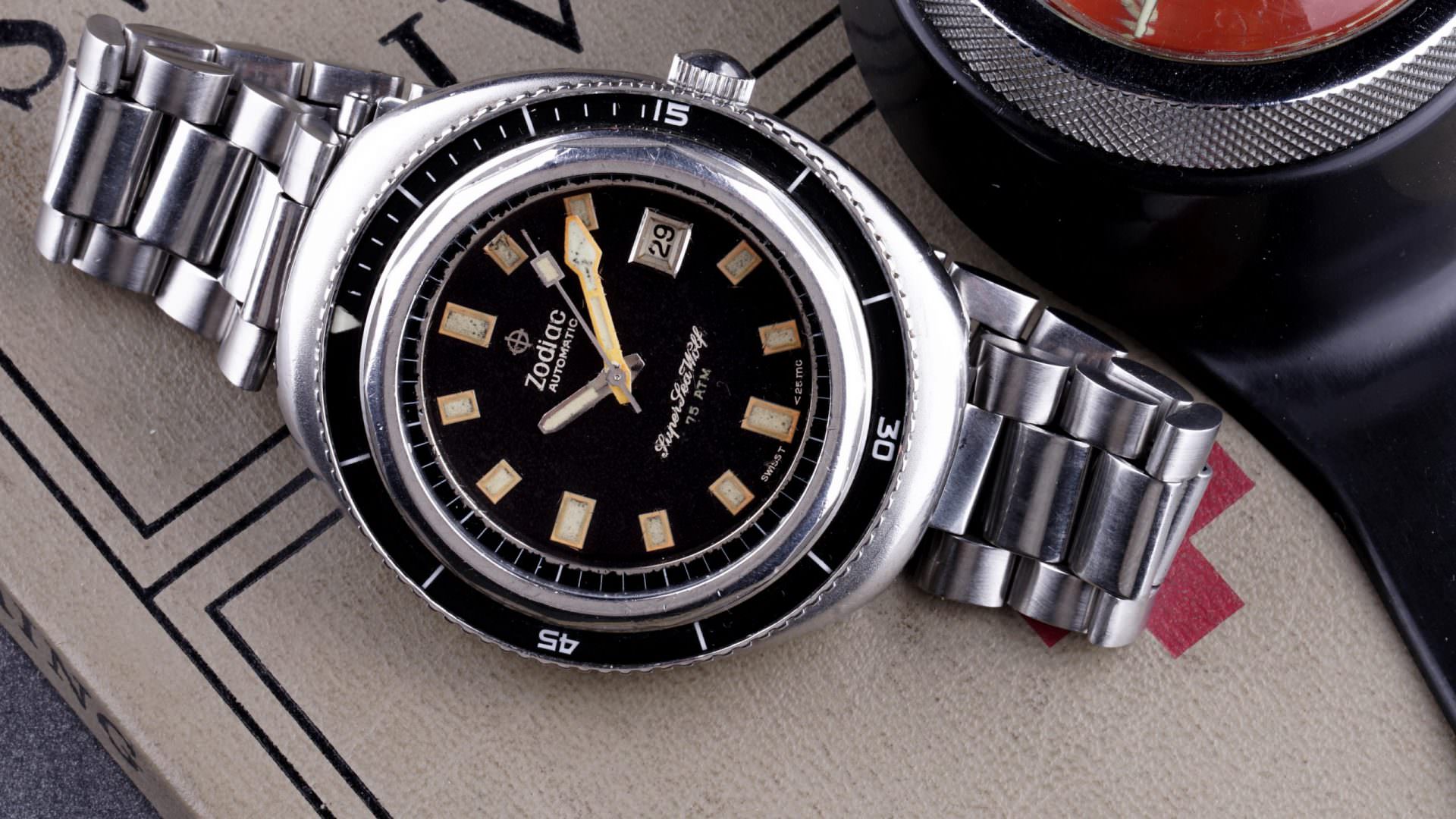
For this reason, it is recommended to have your watch’s seals checked on a regular basis if you plan on wearing it in the water, regardless of its depth rating or the specific ISO standards that apply to it. Additionally, some older watches simply cannot be made water-resistant to their original depth ratings due to wear or damage to their case components. A compromised case cannot perform its intended function – even if it was originally rated down to some ungodly depth, and a higher water-resistance rating provides zero additional protection if its seals are not intact.
Most dive watches will never actually go more than a few meters underwater, let alone venture down to the upper limits of their depth ratings. A finite number of people in the entire history of diving have ever traveled down to 300 meters and no human has ever reached a depth of 1,000 meters. From the very beginning, we have already had access to pretty much all of the water-resistance we will ever possibly need, yet brands continue to push the envelope and strive for ever-greater levels of superfluous metrics to the point where depth ratings have almost become entirely meaningless.
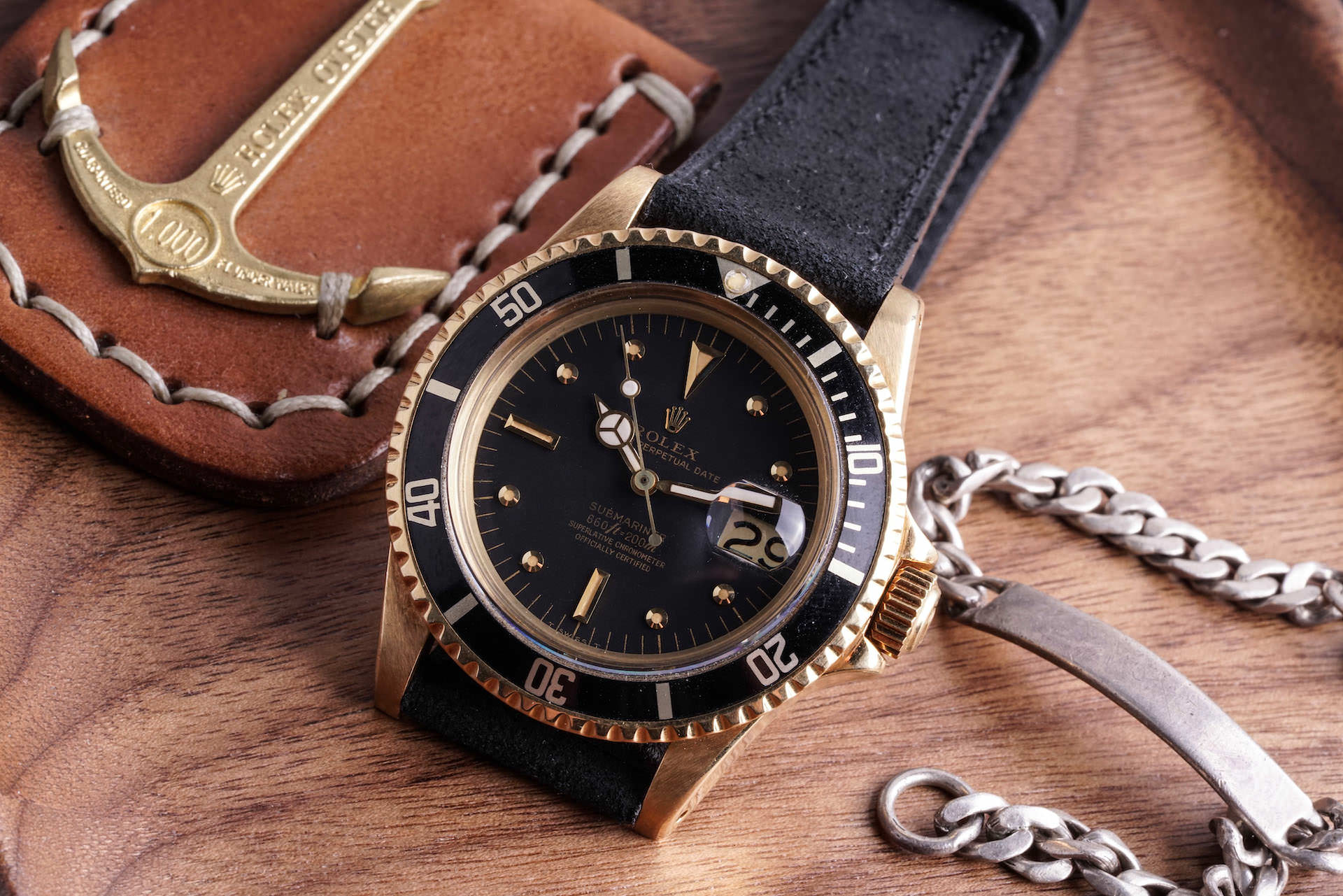
Unless you find yourself at a point more than 100 meters below the surface of the ocean, then your 100m dive watch is more than up to the task. And if you do happen to find yourself in this highly unlikely scenario where its 100-meter depth rating is no longer adequate, chances are that the watch on your wrist is the least of your concerns.

Check out 'Reference Tracks' our Spotify playlist. We’ll take you through what’s been spinning on the black circle at the C + T offices.

Never miss a watch. Get push notifications for new items and content as well as exclusive access to app only product launches.
Sign up for our newsletter to receive updates and exclusive offers